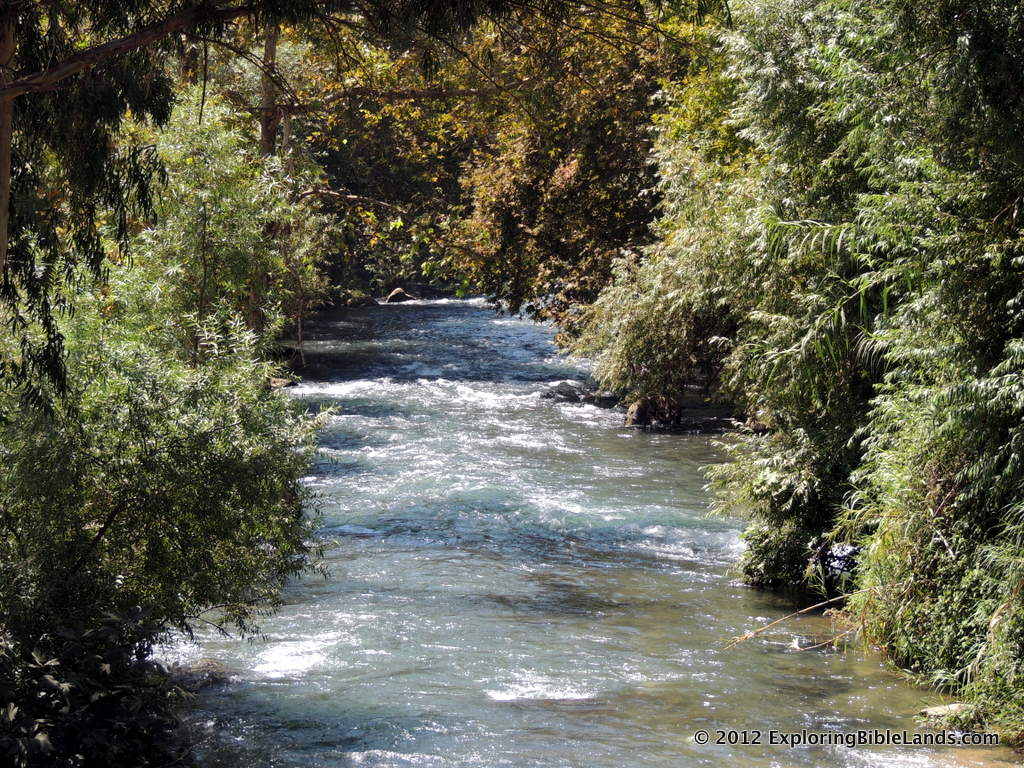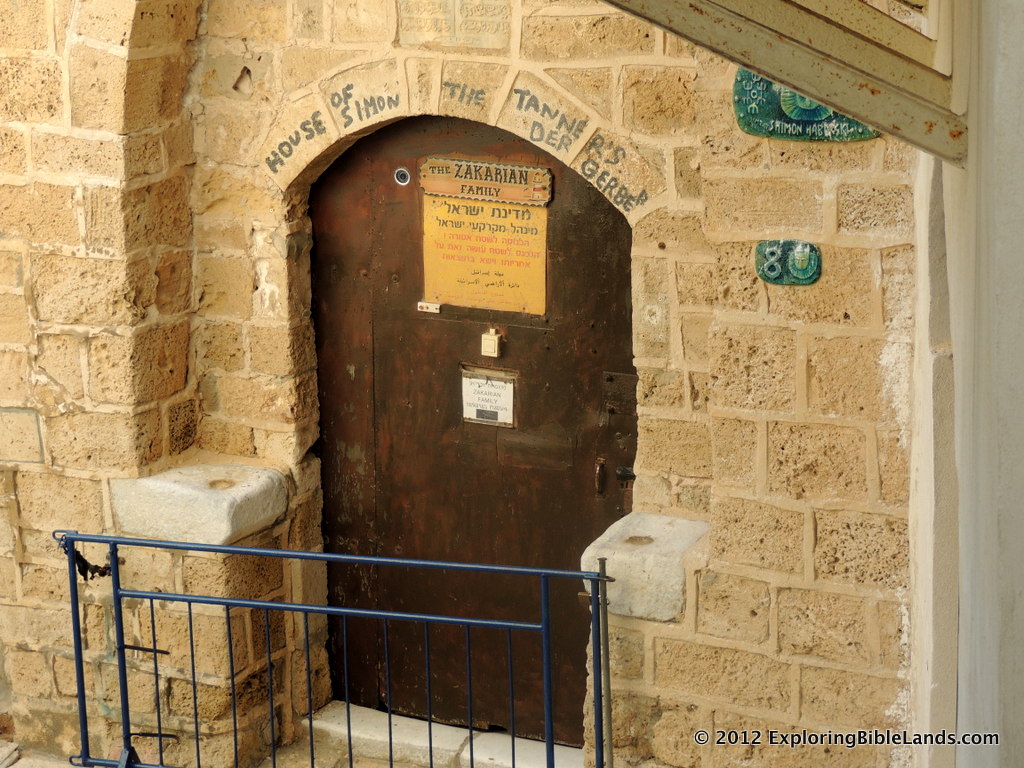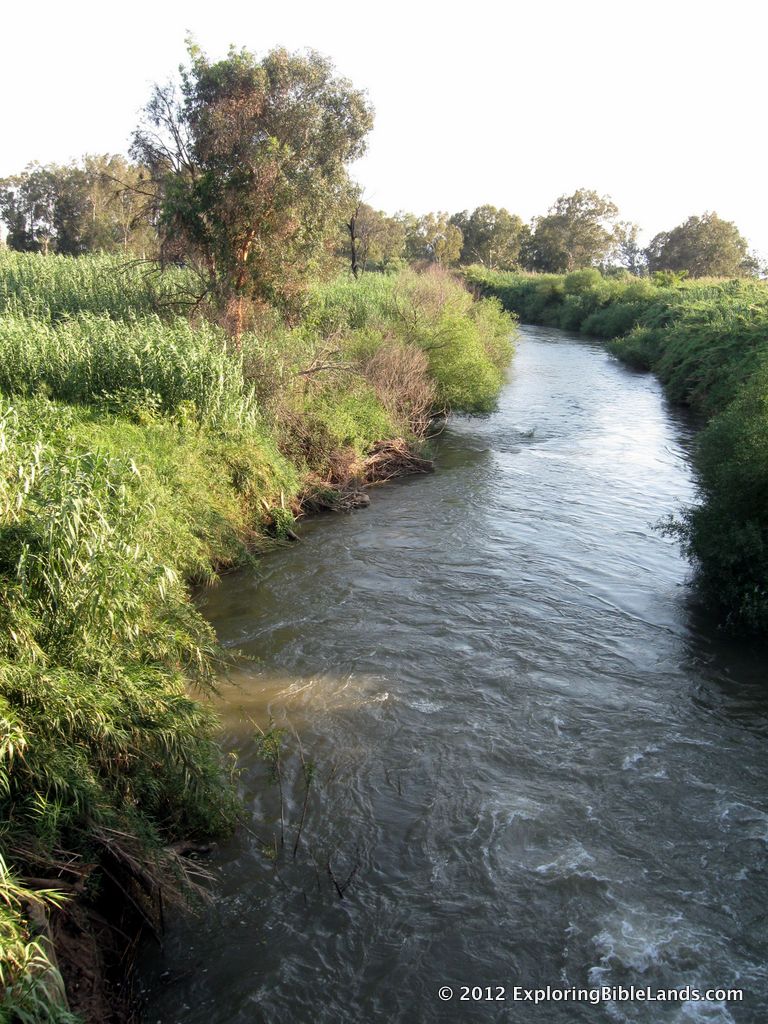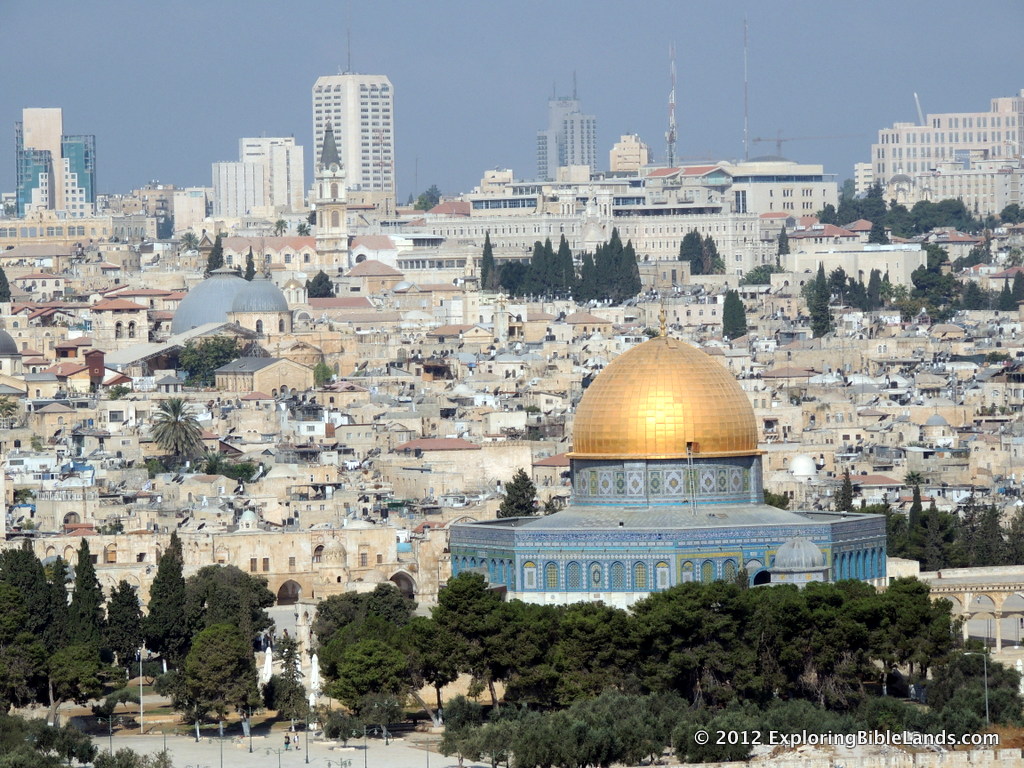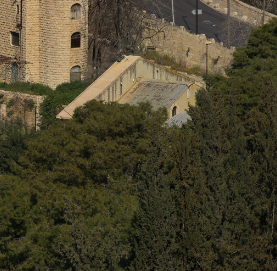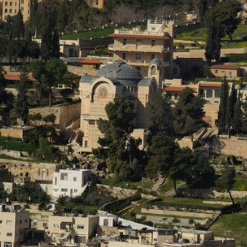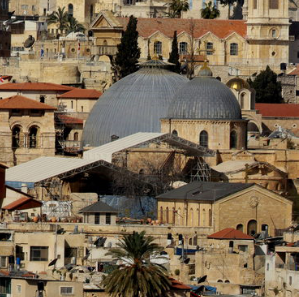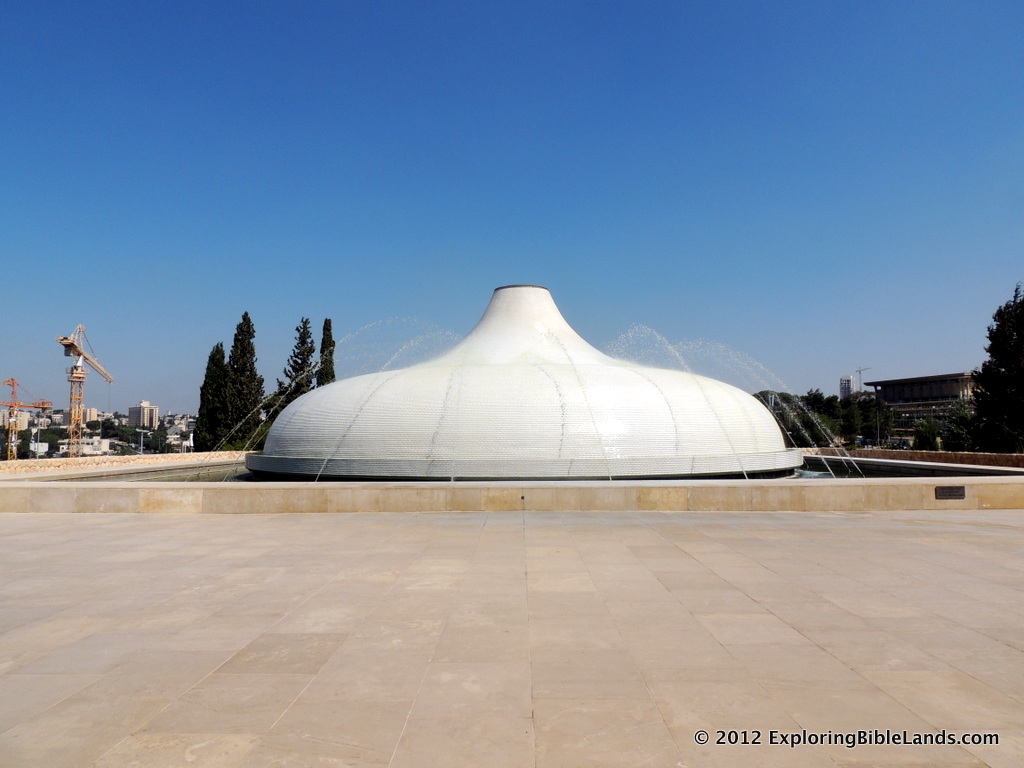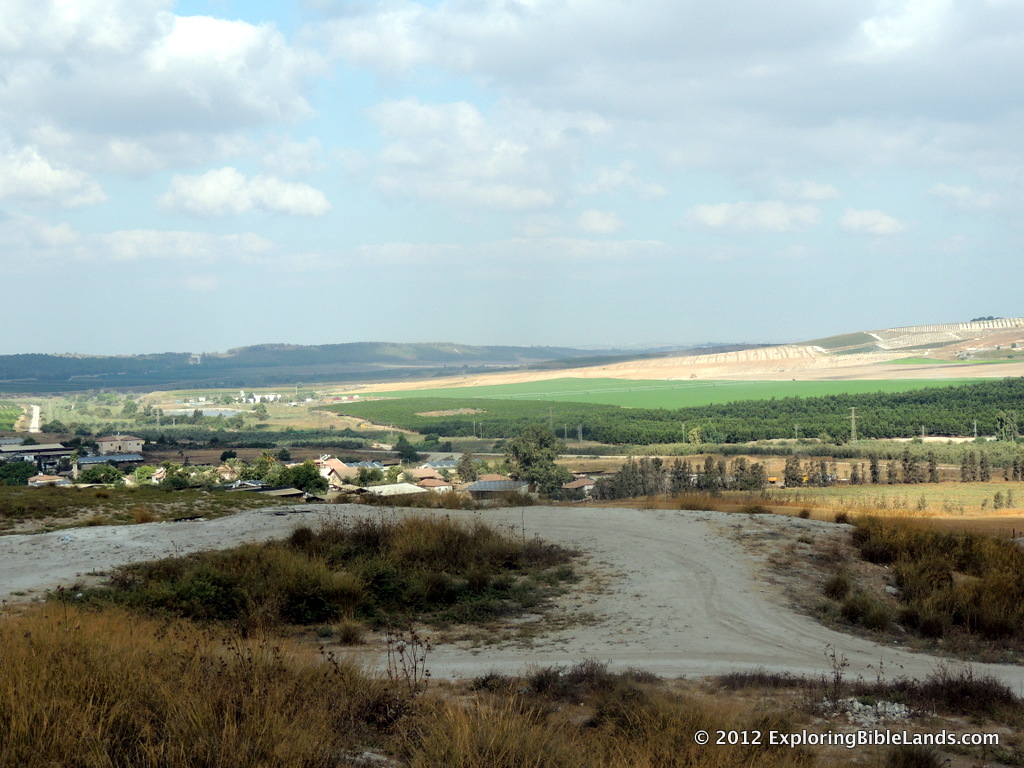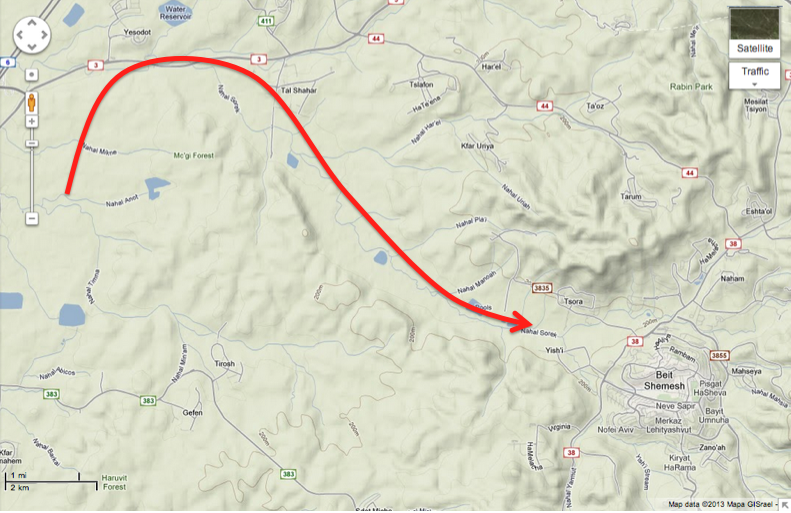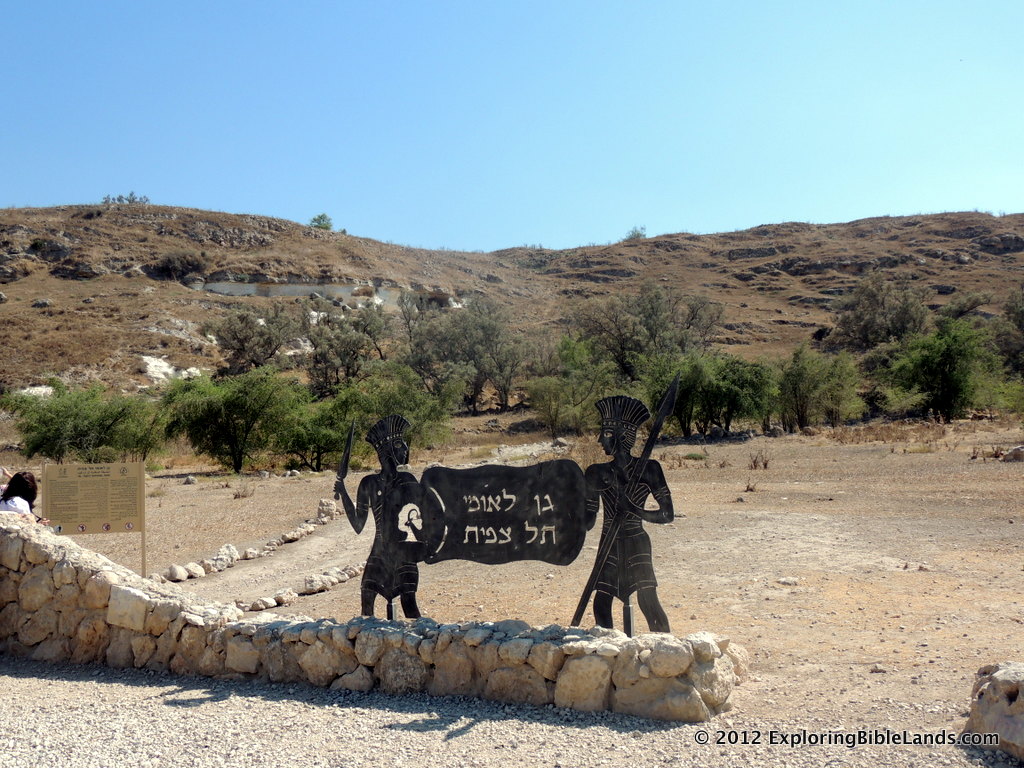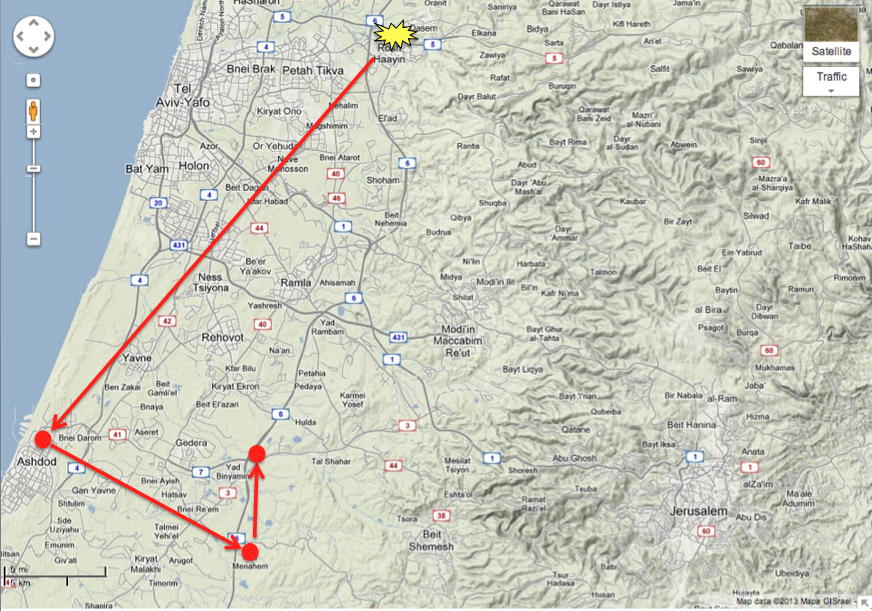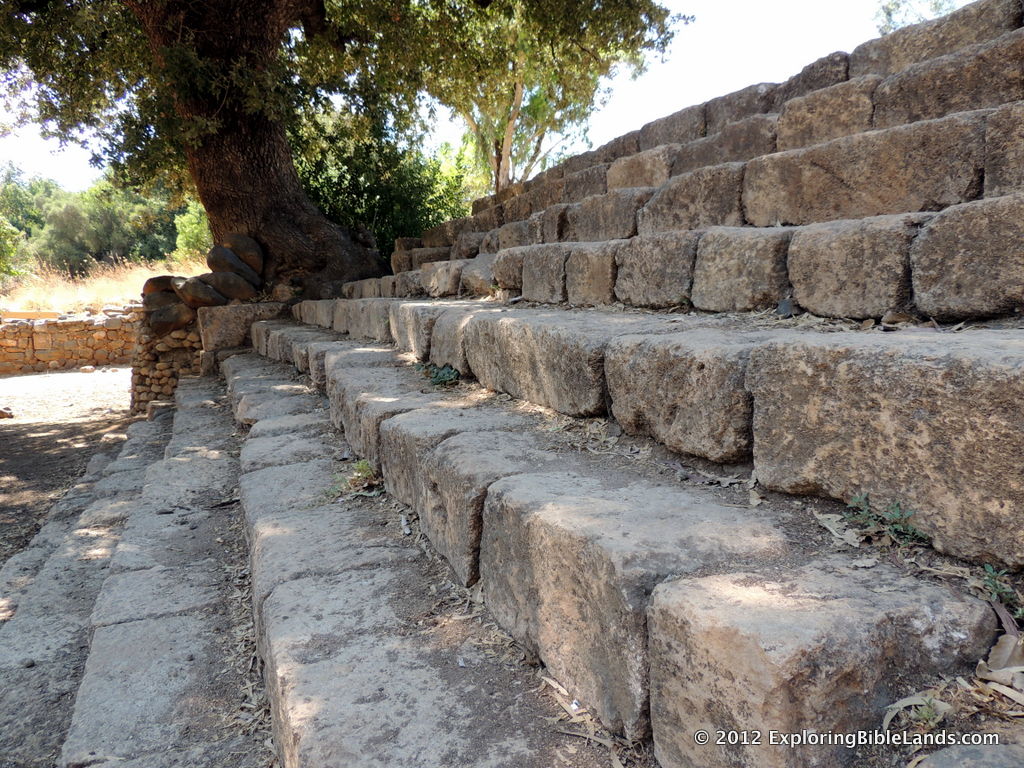 Earlier this week, I had the opportunity to visit the Smithsonian’s Arthur M. Sackler Gallery and Freer Gallery of Art in Washington DC. My purpose in going was to see the Cyrus Cylinder. The Cyrus Cylinder is a clay cylinder that is dated to the 6th Century BC. It was found during a British expedition in 1879 and is mostly intact. On the exterior is written a declaration by King Cyrus the Great. In this declaration, among other things, King Cyrus allows all prisoners that were being held by the Persian Empire to return to their homeland. This object is often nicknamed "The First Human Rights Charter".
This find was very important to Biblical scholars. The Cyrus Cylinder represented an external reference to an event recorded in 2 Chronicles 36.
Earlier this week, I had the opportunity to visit the Smithsonian’s Arthur M. Sackler Gallery and Freer Gallery of Art in Washington DC. My purpose in going was to see the Cyrus Cylinder. The Cyrus Cylinder is a clay cylinder that is dated to the 6th Century BC. It was found during a British expedition in 1879 and is mostly intact. On the exterior is written a declaration by King Cyrus the Great. In this declaration, among other things, King Cyrus allows all prisoners that were being held by the Persian Empire to return to their homeland. This object is often nicknamed "The First Human Rights Charter".
This find was very important to Biblical scholars. The Cyrus Cylinder represented an external reference to an event recorded in 2 Chronicles 36.
Now in the first year of Cyrus king of Persia, that the word of the Lord by the mouth of Jeremiah might be fulfilled, the Lord stirred up the spirit of Cyrus king of Persia, so that he made a proclamation throughout all his kingdom, and also put it in writing, saying, Thus says Cyrus king of Persia: All the kingdoms of the earth the Lord God of heaven has given me. And He has commanded me to build Him a house at Jerusalem which is in Judah. Who is among you of all His people? May the Lord his God be with him, and let him go up! - 2 Chronicles 36:22-23
I was thrilled to be able to see such an important historical object. The cylinder is usually housed at the British Museum. However, it is currently on a tour of different museums in the United States. (This is a little ironic. Later this year, my wife and I are planning a trip to London and a stop of the British Museum. While we are there, the cylinder will be over here.)
While viewing it, I was reminded of an important lesson. It takes three requirements to take a picture. First, you must have a camera. No problem, I had my camera with me. Second, you must have something to take a picture of. Again, no problem, the Cyrus Cylinder was less than two feet from my lens. Finally, you must have permission to take the picture. Unfortunately, according to the rather large, armed security officer that seemed to appear from nowhere, I did not have the required permission. Disappointment. I am still forced to use pictures that were taken by friends of mine. The picture above was taken by Ferrell Jenkins when he saw it at the British Museum.
For friends of mine in Houston, New York, San Francisco and Los Angeles: The Cyrus Cylinder is coming to a museum near you. I hope that you had better luck than I with your pictures.




